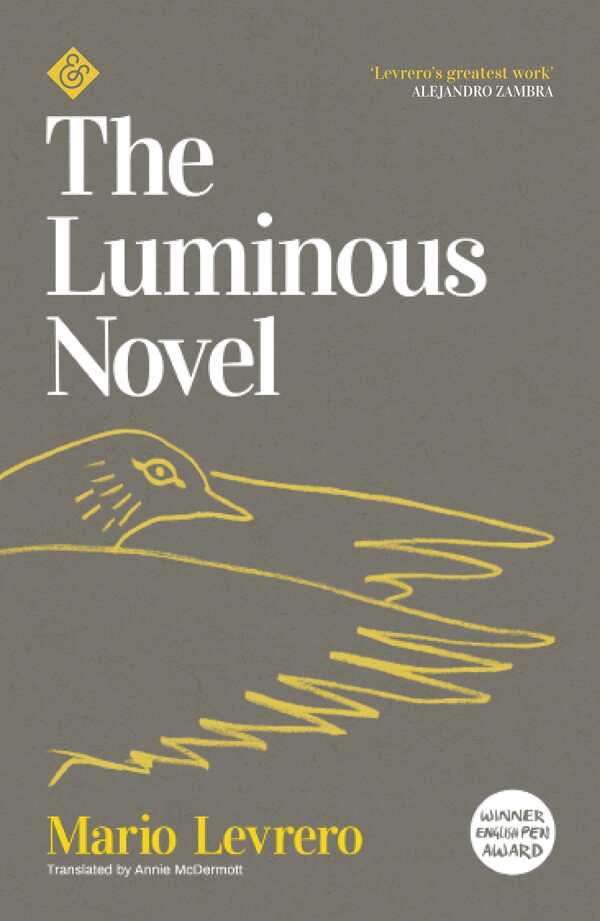The Luminous Novel
Ruminations on life and art abound in Mario Levrero’s work of autofiction, The Luminous Novel.
An author’s dream of financial independence comes true when he receives a generous stipend with no strings attached. Suddenly he has the means to dedicate all of his time to the novel that has eluded him for so many years. But the dream turns into a nightmare. Even with no time restrictions, he finds himself without the time to write. The novel slips further away from him, and with it, his life.
The book is written in a tone of escalating desperation. The author keeps a diary so that he can tell himself that he is at least writing something. He chronicles one year, describing his life as empty and lonely when, in fact, it is busy and filled with people. The contradictions between how he experiences his life and how he lives it become evident, as does his obliviousness to the gap in his perception, even when it stares him in the face. Because of this fractured perspective, his story becomes universal.
In the end, something of a novel is written, after all: its first five chapters make up the final third of the book. They’re narrated from the same perspective as the diary, so that the novel and the diary become two sides of the same coin, revealing the overlap between the artist and his art. And Annie McDermott’s translator’s note further reveals the similarities between the work of an author and that of a translator.
The Luminous Novel is a postmodern novel about the contradictions of everyday life, in which an author’s struggle reveals that life is what happens when we are busy doing other things.
Reviewed by
Erika Harlitz Kern
Disclosure: This article is not an endorsement, but a review. The publisher of this book provided free copies of the book to have their book reviewed by a professional reviewer. No fee was paid by the publisher for this review. Foreword Reviews only recommends books that we love. Foreword Magazine, Inc. is disclosing this in accordance with the Federal Trade Commission’s 16 CFR, Part 255.

